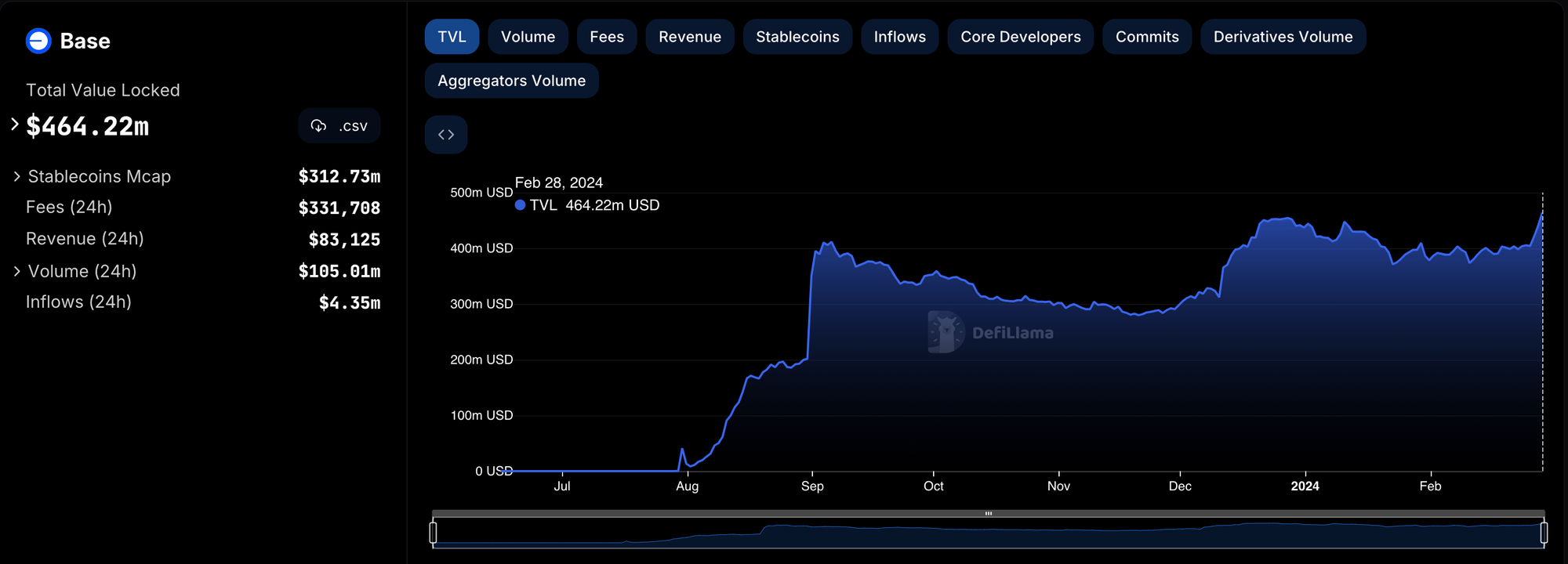What’s a rollup? The increasing popularity of blockchain scaling solutions
Rollups are becoming an increasingly popular way to grow and scale blockchains. Rollups promise cheaper and faster transactions.

This might be the year of the rollup.
A rollup is a tech stack built on top of a blockchain to perform specific functions.
Rollups are considered a scaling solution for congested blockchain networks because they allow for more transactions to happen (this is especially important when financial transaction network speed is measured in individual seconds), and rollups elevate constraints like block space or the number of transactions that can happen in a certain amount of time.
Increasing rollups are becoming more differentiated in the way they handle the separation of transaction execution tasks. They are also becoming increasingly specialized in terms of scaling goals.
And there are a couple of advantages to using a rollup system. The first is that even though rollups have their own method of executing transactions, the final settlement, or the record of all the transactions is still recorded to the underlying layer one blockchain, which allows apps and services that are built using rollups to still leverage the security and decentralized network of an existing blockchain network.
Ultimately, this means that all of the recorded transactions are still immutable, transparent, etc. So in a lot of ways, rollups are conceived as this win-win that allows for quicker, cheaper, and more frequent transactions, but also still benefits from the overall network effects and security of a layer one public blockchain.
Read more about how rollups fit into modular blockchain design

This gets us back to the idea of composable design, and that some of the best features in the future will come from blockchain’s programmable Lego-like features. Rollups can leverage an underlying blockchain but at the same time build some kind of new functionality. This benefits the underlying blockchain and it benefits the users of the rollup.
Also noteworthy is that the pending upgrades to the Ethereum Network in March 2024 will lower fees for rollups, which will likely lead to an increase in new rollup designs and use cases.
Examples of different kinds of rollups
Let’s check out two different types of popular rollups that are commonly used on Ethereum. These examples help explain some of the specifics of rollups and also show how they can be used in the wild.
Optimistic rollups
As the name implies, this kind of rollup assumes that the transactions under consideration are valid and that the primary task of the rollup application is to run the computation. The goal with optimistic rollups is to close and settle transactions faster and cheaper.
You can imagine situations where transactions are happening in a routine manner or environment that doesn’t necessarily need high levels of vetting to be challenged to determine validity.
However, since fraud is an issue, as it is when considering any kind of financial transaction or network, there is a period (when the transactions are pending) to further vet a transaction to help determine if it is legit.
Zero-knowledge (ZK) rollups
Another kind of popular layer-two scaling stack is zero-knowledge rollups, which are designed to bundle bunches of transactions together and then validate them using a zero-knowledge proof, which then attests to the validity of all of the transactions under consideration.
The advantage of zero-knowledge rollups is that they can generally be completed faster than optimistic rollups because there is no waiting period for challenges.
Costs and benefits of rollups
As mentioned earlier, the primary benefit to rollups is that they are a means to enhance the performance of an underlying layer one blockchain in terms of:
- More throughput: By design, rollups handle the heavy lifting of individual transactions off-chain, conserving layer one resources for the final settlement and reporting of entire groups of transactions.
- Reduced cost: The result of bundling and handling transactions off-chain first and then just using layer one as a final filing system is that it reduces costs on an individual transaction basis. Over time, this could result in massive savings for services and apps that are transaction-heavy, like smart contracts that require gas (a user fee) on Ethereum for example.
- Security: By reducing the individual transaction load to layer one blockchain, rollups can also increase the overall security of a blockchain system in terms of preventing fraud or exploits.
Know rollup issues
As with any improvement to a tech stack, there are some apparent tradeoffs to using rollup systems. These issues, so far, include:
- Complexity: Using rollups adds complexity to the lifecycle of a transaction and the overall blockchain process. There could be issues in the rollup itself, or vulnerabilities in the underlying smart contract that the rollup is interacting with, both of which could open up the potential for exploits.
- Liquidity fragmentation: If rollups present the ability and optionality to create several layer two solutions, then there could be a situation where the overall blockchain liquidity is affected, which would reduce the overall network and economic effects of the underlying layer one. So far, the introduction of rollups appears to be impacting the liquidity of other layer two scaling solutions not the underlying layer one. This competition will be something interesting to monitor over time.
What is Coinbase Base rollup and why it’s an interesting case study
It’s helpful to look at a specific use case to better understand how rollups will work.
In August 2023, Coinbase launched “Base” as a layer two scaling solution for the Ethereum network. The main goal of Base was to support increased activity and transactions related to DeFi apps and services, including non-fungible tokens (NFTs).
So far, Base seems to be a major player within the Farcaster network.

Base is built using the optimistic rollup tech stack mentioned earlier, to reduce Ethereum’s transaction load and cost.
Besides the overall utility of Ethereum, Base is a really interesting move from Coinbase. Coinbase is a public cryptocurrency exchange and wallet company. But by developing Base (and they launched it without issuing a native token for layer two), they have also become a provider of blockchain infrastructure, maybe signaling a future business or market position strategy.

One of the biggest advantages of Base is that it makes it easy for developers and users to connect new web3 products with the existing Coinbase ecosystem.
The recap: Layer two rollups will likely play an important role in the ability of popular layer one blockchain, like Ethereum, to scale under more usage.
As blockchain starts to compete with traditional financial networks for market share, the ability to scale, quickly, cheaply, and securely settle transactions will become increasingly important (and more attention will be placed on head-to-head performance).